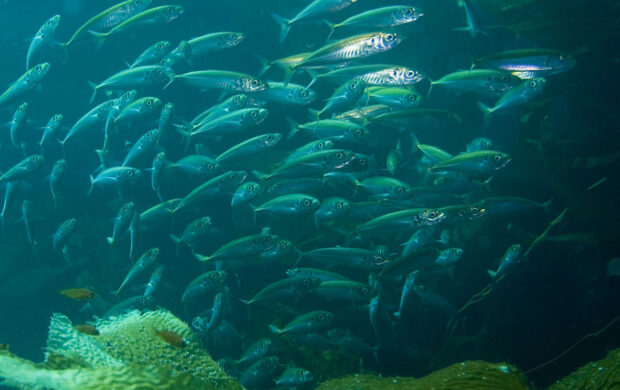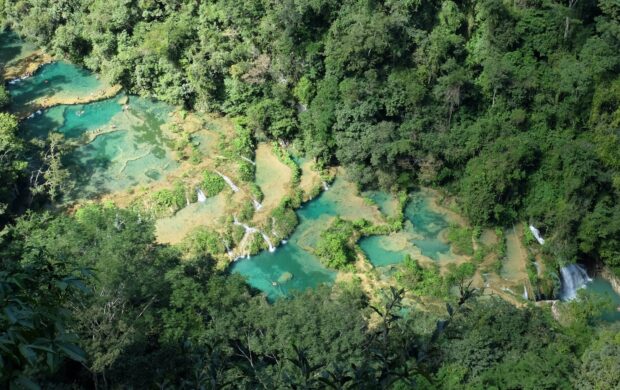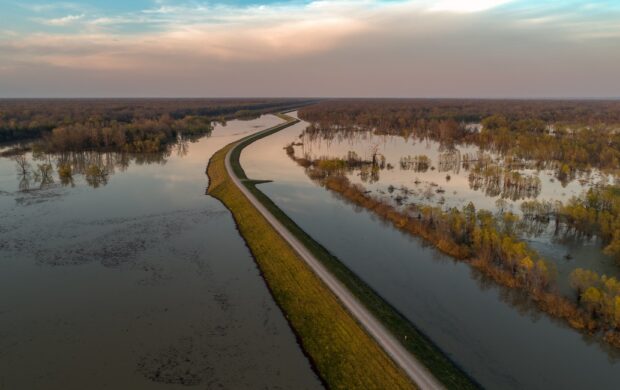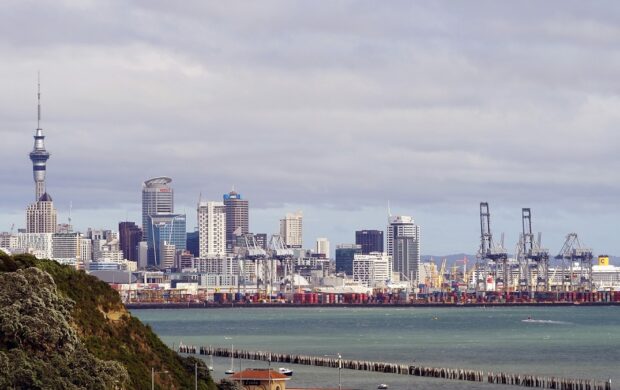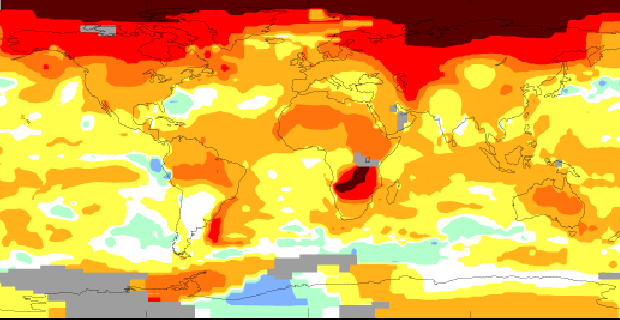Mangroves, salt-tolerant trees with intertwining branches, have been found to be expanding from tropical zones into more temperate areas. These trees line coastlines and prefer warmer temperatures, and so have traditionally been restricted to subtropical and tropical environments, however recently scientists are finding them at higher latitudes across the globe.
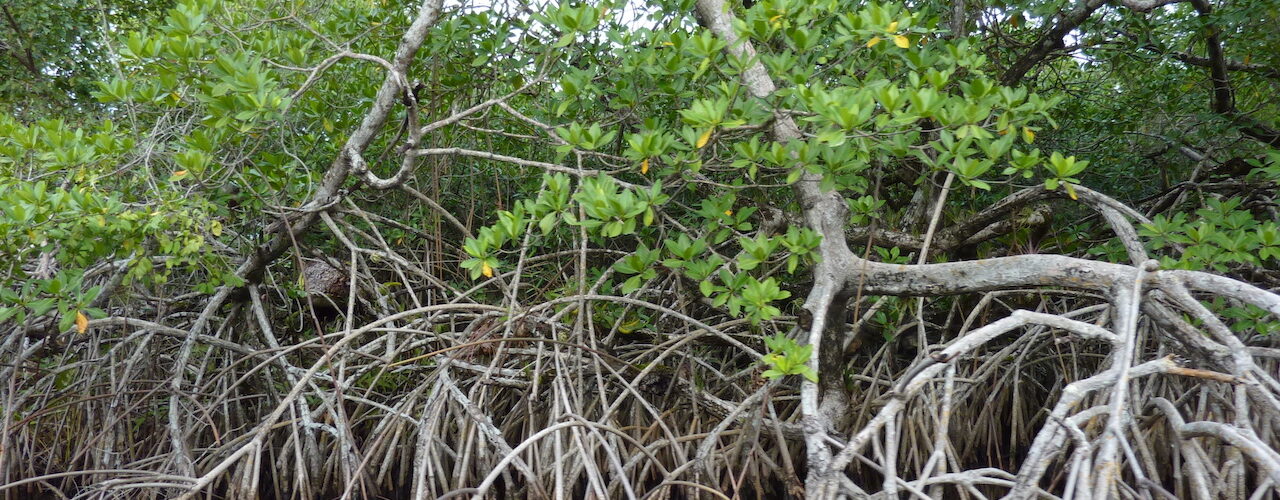
Mangroves can disperse via water, releasing propagules (similar to seeds) which are distributed by the ocean currents. The Kennedy Space Centre in Florida has found that mangroves have increased in abundance by 70% in the past 7 years over an area of 567 sq km (220 sq miles). A study from Florida also shows that northern mangrove populations may be releasing bigger propagules earlier than normal, helping them to take over salt marshes and avoid winter freeze events.

